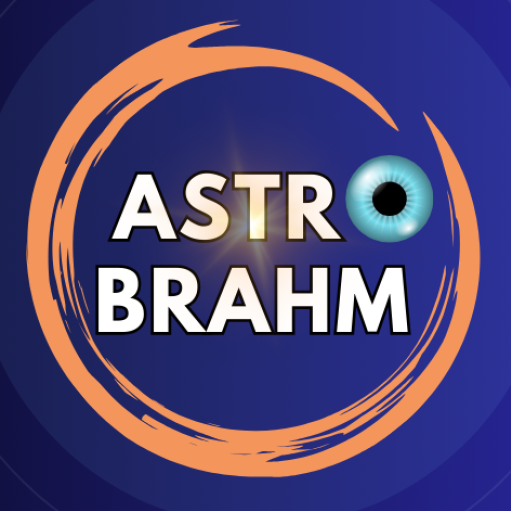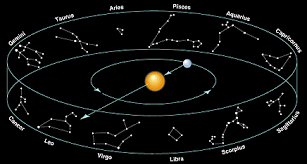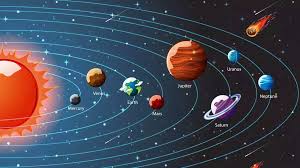The Zodiac: Understanding the Cosmic Framework
The zodiac is a celestial belt that spans approximately 8° on either side of the ecliptic, the apparent path of the Sun across the sky throughout the year. It holds immense significance in astronomy and astrology, serving as the framework for understanding the heavens. This article explores the zodiac from various perspectives, covering its definition, celestial mechanics, and related phenomena.
A General Idea of the Heavens
The heavens are a dynamic interplay of celestial bodies—stars, planets, the Sun, and the Moon. These entities move across the celestial sphere, a conceptual model of the sky that aids in mapping their positions. Earth’s rotation and revolution around the Sun influence the observable sky.
The Earth’s Path and the Zodiac Defined
The Earth’s revolution creates the ecliptic, a path encircling the Sun. The zodiac is a belt centered on the ecliptic, divided into 12 signs, each covering 30° of celestial longitude. Each sign corresponds to specific constellations, though their positions differ slightly due to precession.
Latitude and the Planets
In astronomy, latitude refers to the angular distance of a celestial body from the ecliptic. While planets like Mercury and Mars exhibit latitude, the Sun has none as it always follows the ecliptic. The Moon, with its inclined orbit, intersects the Earth’s ecliptic at two nodes.
Nodes of the Moon: Rahu and Ketu
The intersections of the Moon’s orbit with the ecliptic are termed nodes. The ascending node (Rahu) and descending node (Ketu) are pivotal in astrology. They signify points where solar and lunar eclipses occur and represent karmic forces in Vedic astrology.
Tropical and Sidereal Zodiacs
The tropical zodiac aligns with the seasons and is defined by the Sun’s position during equinoxes. In contrast, the sidereal zodiac is based on fixed stars and reflects constellational positions. The difference between these zodiacs arises due to the precession of equinoxes.
Constellations and Their Geometrical Patterns
The zodiac hosts 12 constellations with distinctive star patterns. For instance:
- Aries (Mesha): Ram-shaped alignment
- Taurus (Vrishabha): Bull-like figure
- Gemini (Mithuna): Twin stars
Each constellation covers roughly 30° in the sidereal zodiac.
Precession and Nutation
The Earth’s axial tilt and gravitational interactions cause the equinoxes to shift westward, a phenomenon known as precession. Nutation, a minor oscillation of Earth’s axis, further refines this motion. These factors influence the alignment of celestial coordinates over millennia.
Converting Tropical Longitudes to Sidereal
To convert tropical coordinates to sidereal, one must account for the current precession value, called the Ayanamsa. This value adjusts tropical positions to sidereal longitudes, aligning them with the stars.
Table: Comparison of Tropical and Sidereal Zodiacs
| Aspect | Tropical Zodiac | Sidereal Zodiac |
|---|---|---|
| Reference Point | Equinoxes | Fixed Stars |
| Basis | Seasonal Alignment | Stellar Positions |
| Precession Impact | Not Considered | Accounted |
| Usage | Western Astrology | Vedic Astrology |




